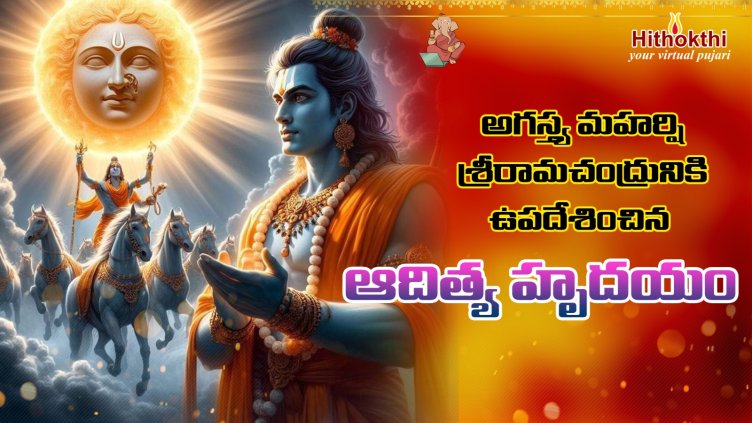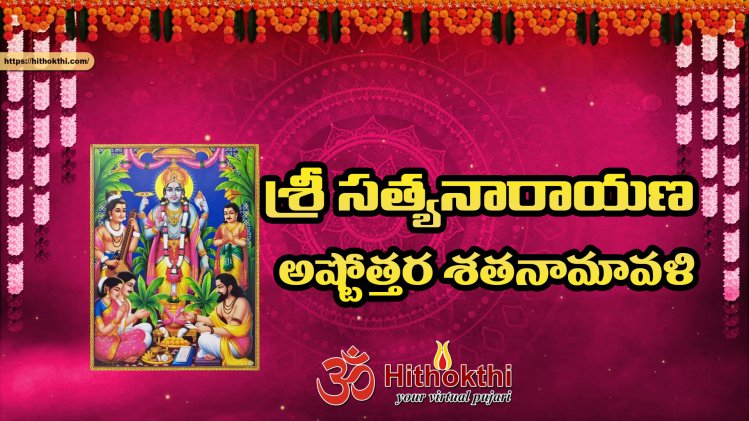Golden Throne is another attraction of Mysore Dasara

Mysore, October 8, 2013: While the Mysore palace is enough of a draw even outside Dasara, there is another attraction as important — the golden throne, which went on display at the Ambavilas Durbar Hall on Monday. Visitors can see it between 11 a.m. and 4 p.m. till October 23, but entry to the palace will be restricted on October 14 (owing to the Vijayadashami procession).
The golden throne is exhibited only during the festival period, after which is it is systematically dismantled under the supervision of priests who chant the hymns during the process. It is then shifted piecemeal to the palace strongroom and kept under lock and key till next year’s Dasara.
Although it is made up of many parts, the main pieces of the throne are the seat (or couch), the staircase leading up and the umbrella. The inner rim of the umbrella has a Sanskrit inscription, identified as a ‘shloka’ which describes the throne as evoking the awe of the world.
Origins unknown
The origin of the golden throne is shrouded in mystery; there are no documents to authenticate any of the theories.
A legend attached to the throne traces its origin to the times of the Pandavas of the Mahabharatha and it is said to have found its way from Hastinapura to Penugonda in Andhra Pradesh where it was buried. How it reached there is unclear. However, the legend attributes its rediscovery to the 14th century saint Vidyaranya said to be the preceptor of Harihara I, who was one of the founders of Vijayanagar Empire, along with Bukka.
Passed on
The throne has adorned the court of the Vijayanagar rulers and passed on to one of their Governor Srirangaraya at Srirangapatana who handed it over to Raja Wadiyar, so goes the legend. Ever since it was with the Wadiyars of Mysore. Former Director-General of the Archaeological Survey of India, the late M.S. Nagaraja Rao, had written a guide on the Mysore palace. He cited another tradition: the throne was a gift from Mughal emperor Aurangzeb to Chikkadevaraja Wadiyar in 1700 A.D. But again, this is not based on any historically known document, says the author.
But there is a Sanskrit work — Devatanamma Kusumamanjari — attributed to Krishnaraja Wadiyar III which eulogises the throne and is rich in description of its architecture.
The work is said to have been composed in 1850s and the description matches the present structure which underwent alteration in 1940s, according to Rao.
Even so, the throne is the only one of its kind anywhere in India. The window of opportunity closes at 4 p.m. October 23, according to the palace office.
Source: The Hindu, October 8, 2013







